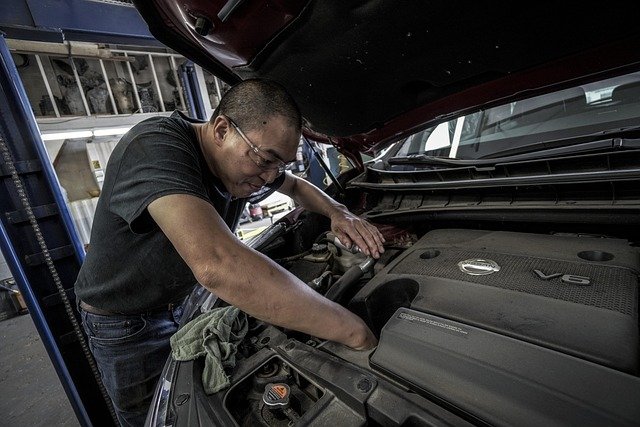Automotive Technician Training to Jumpstart Your Career
Automotive technician training builds hands-on skills and diagnostic expertise needed for today’s complex vehicles. From classic cars to hybrids and EVs, formal programs teach core systems, prep students for credentials like ASE, and connect graduates with job-ready experience. Learn how specialized instruction boosts employability and opens pathways into electric and autonomous vehicle work.

The automotive repair landscape is evolving rapidly. Modern vehicles increasingly depend on electronics, complex hybrid powertrains, and fully electric drivetrains, so today’s technicians must master both mechanical fundamentals and advanced diagnostic technology. High-quality training programs pair traditional hands-on shop instruction with exposure to the latest scanners, calibration tools, and vehicle software, equipping students to repair everything from vintage models to the newest hybrids and EVs.
Why formal education makes a difference Structured training provides a comprehensive curriculum that covers the major vehicle systems—engines, transmissions, brakes, electrical and electronic systems, HVAC, and more. Rather than picking up isolated tasks piecemeal on the job, students who attend formal programs develop a reliable knowledge base and systematic diagnostic thinking. Many schools also prepare learners for industry-recognized credentials such as Automotive Service Excellence (ASE) certification, which employers value and which can improve credibility and earning potential. In short, classroom theory combined with lab practice accelerates skill acquisition and signals professional commitment.
Where training can take you Graduates have diverse employment options: independent repair shops, franchised dealerships, fleet maintenance, restoration and performance shops, and specialty diesel or classic-car shops. Newer career paths include electric vehicle maintenance, battery system service, and diagnostics for semi-autonomous platforms—areas where updated skills are in growing demand. With experience and additional credentials, technicians often move into roles like shop manager, service advisor, technical instructor, or even business owner.
Program length and lifelong learning The time required depends on the credential and the institution. Certificate and diploma programs commonly last 6–12 months, while associate degree programs are usually about two years; some schools offer accelerated pathways. Regardless of the initial credential, continuing education is critical. As vehicle systems evolve, technicians must pursue periodic retraining, advanced courses, and new certifications to remain effective and marketable.
Costs and funding options Tuition varies by program type, school, and location. Typical estimates include: - Certificate programs (6–12 months): about $5,000 to $15,000 - Associate degrees (2 years): roughly $10,000 to $30,000 - Vocational school programs (6–18 months): approximately $3,000 to $20,000 - Community college programs (2 years): around $5,000 to $15,000 These figures are approximate and subject to change, so always check current tuition and fees with each school. Many institutions offer financial aid, scholarships, and flexible payment plans, and some employers provide tuition reimbursement for relevant coursework.
Choosing the right program When comparing schools, consider several important criteria: - Accreditation: Prefer programs accredited by bodies like the National Automotive Technicians Education Foundation (NATEF) to ensure a rigorous curriculum. - Curriculum scope: Ensure the program teaches major vehicle systems and balances theory with practical lab work. - Equipment and facilities: Access to modern diagnostic tools, calibration gear, and real vehicles is essential for hands-on learning. - Industry relationships: Strong ties with local shops and dealerships often lead to internships and job placement opportunities. - Instructor qualifications: Teachers with industry certifications and real-world experience provide valuable mentorship and practical insights. - Outcomes: Ask for data on graduation rates, certification pass rates, and job placement to evaluate program effectiveness. - Cost and scheduling: Compare tuition, aid, and flexible scheduling to find an option that fits your budget and life commitments.
Conclusion Investing in automotive technician training is a practical step toward a stable and adaptable career. Formal instruction, access to current diagnostic equipment, and preparation for industry certifications help new technicians enter the workforce ready to service modern vehicles and pivot as technologies advance. Whether your goal is to work at a dealership, manage a repair shop, or specialize in electric and autonomous systems, the right training lays the foundation for long-term success in the automotive industry.






